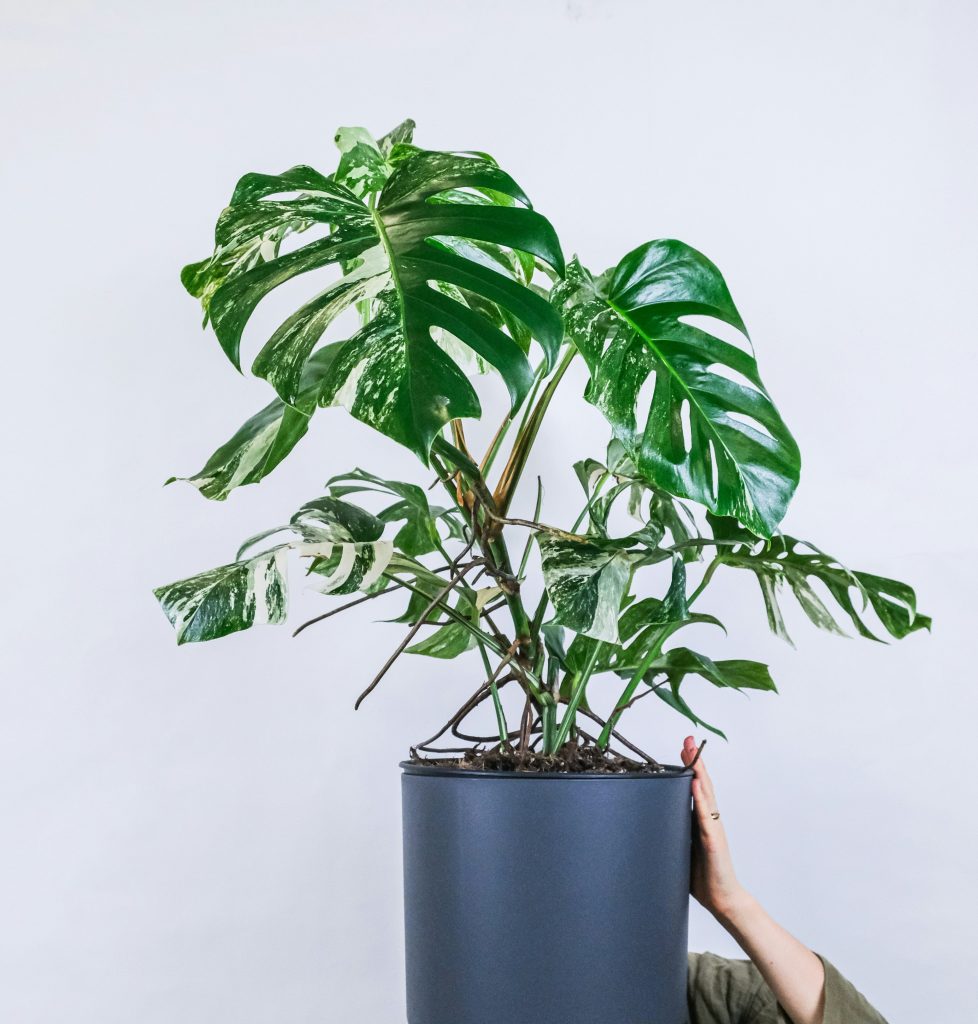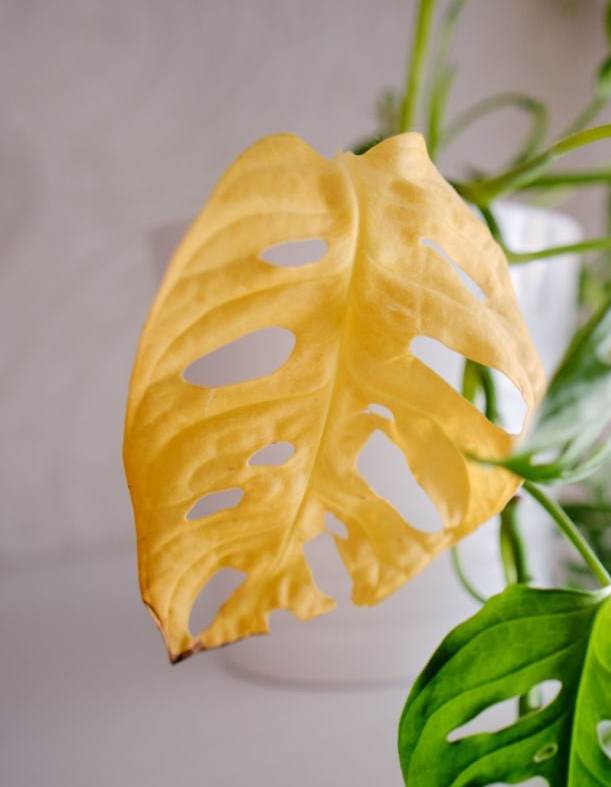Monstera, also known as the Swiss Cheese Plant, is a favorite among indoor plant enthusiasts. Known for its large, glossy leaves with unique perforations, the Monstera adds a tropical touch to any space. Whether you’re a seasoned plant parent or a beginner, this guide will help you care for and enjoy your Monstera indoor plant.
Understanding Monstera
Monstera deliciosa, commonly referred to as Monstera or Swiss Cheese Plant, originates from the tropical rainforests of Central and South America. Its iconic split leaves and rapid growth make it a striking addition to any home.
Choosing the Right Monstera

When selecting a Monstera plant, look for healthy, vibrant leaves free of pests or damage. Young Monstera plants may have solid leaves, developing their characteristic splits and holes as they mature.
Ideal Conditions for Monstera
1. Light
- Monstera plants thrive in bright, indirect light. While they can tolerate low light conditions, their growth will slow, and leaves may not develop as many splits.
- Avoid direct sunlight, which can scorch the leaves.
2. Temperature
- Monstera prefers a warm environment, ideally between 65°F and 85°F (18°C to 29°C).
- Protect the plant from cold drafts and sudden temperature changes.
3. Humidity
- Being tropical plants, Monsteras love humidity. Aim for a humidity level of 60% or higher.
- Increase humidity by misting the leaves regularly, using a humidifier, or placing the plant on a tray with water and pebbles.
Planting and Potting
1. Soil
- Use a well-draining potting mix rich in organic matter. A mix designed for aroids, or one made of peat, perlite, and orchid bark, works well.
2. Pot
- Choose a pot with drainage holes to prevent waterlogging.
- Repot your Monstera every 1-2 years to refresh the soil and give it room to grow. Spring is the best time for repotting.
Watering Your Monstera

- Water when the top inch of soil feels dry. Monstera prefers a consistent watering schedule but doesn’t like to sit in water.
- Ensure excess water drains away to avoid root rot.
- Reduce watering in the winter when the plant’s growth slows down.
Feeding and Fertilizing
- Fertilize your Monstera every 4-6 weeks during the growing season (spring and summer) with a balanced, water-soluble fertilizer.
- Reduce feeding in the fall and winter when the plant is not actively growing.
Pruning and Training
- Prune your Monstera to control its size and encourage bushier growth. Cut just above a leaf node using clean, sharp scissors or pruners.
- Train your Monstera to grow upwards by providing a moss pole or trellis. This mimics its natural climbing habit and supports healthy growth.
Common Problems and Solutions
1. Yellow Leaves

- Often caused by overwatering. Ensure the soil dries out between waterings and check that the pot has proper drainage.
2. Brown Leaf Tips

- This can be due to low humidity or underwatering. Increase humidity around the plant and ensure it’s getting enough water.
3. Pests
- Monstera can occasionally attract pests like spider mites, mealybugs, and aphids. Treat infestations with insecticidal soap or neem oil.
Propagating Monstera
Propagating Monstera is a rewarding way to expand your indoor jungle or share the plant with friends:
1. Stem Cuttings
- Cut a stem just below a node with a healthy leaf attached.
- Place the cutting in water or moist soil until roots develop, then pot it up.
2. Air Layering
- Make a small cut on a healthy stem, cover it with damp sphagnum moss, and wrap it in plastic.
- Once roots develop, cut the new plant from the mother plant and pot it.
Styling Your Monstera
- Place your Monstera in a spot where it can make a statement, such as a living room corner or near a window.
- Pair it with a stylish pot that complements your decor.
- Use its large leaves to add a tropical vibe and lush greenery to your space.
Conclusion
Caring for a Monstera indoor plant is a gratifying experience that brings a touch of the tropics into your home. With its impressive foliage and relatively low maintenance needs, Monstera is an excellent choice for both novice and experienced plant lovers. By providing the right conditions and care, your Monstera will thrive and become a stunning focal point in your indoor garden.



